- Home
- slideshows
- miscellaneous
- I visited a nursing home for retired lumberjack elephants in Myanmar - here's what it's like to care for aging elephants every day
I visited a nursing home for retired lumberjack elephants in Myanmar - here's what it's like to care for aging elephants every day
Elephants have been logging teak wood in Myanmar since at least the 1800s.

Today, roughly 5,000 captive elephants remain in Myanmar, the largest population of its kind in the world. Most live in government camps, where they either work as loggers or are transitioning to entertaining tourists. It's estimated that another 1,500 wild Asian elephants roam the country's forests.
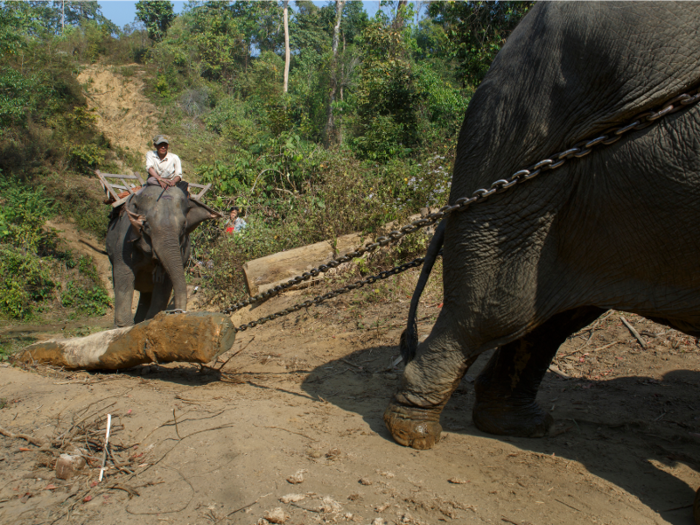
Source: Nature Communications
The animals can be better lumberjacks than machines: Elephants are nimble when it comes to navigating dense forests, and they create less pollution than machinery.
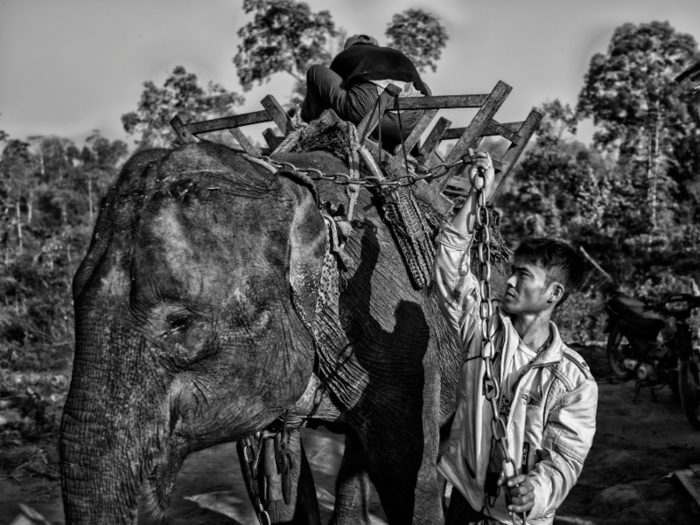
Source: United Nations FAO
Logging elephants in Myanmar retire when they're between 55 and 60 years old — roughly the same age as people do, since elephants and humans have similar lifespans.
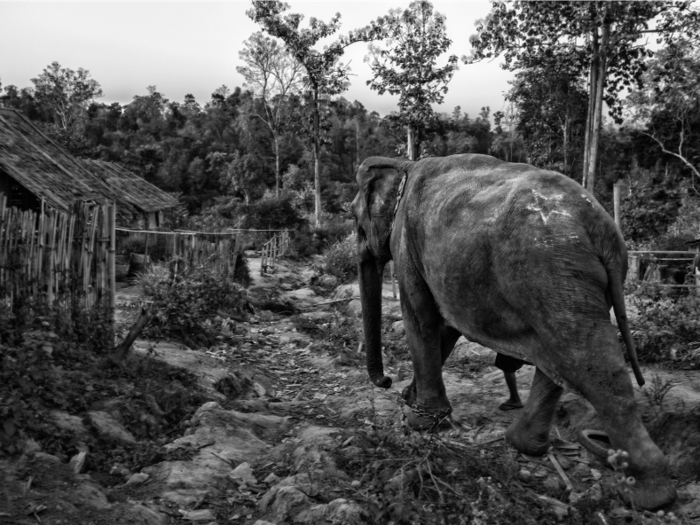
Once they're retired, the captive elephants still get cared for by veterinarians and handlers, but they don't do any more daily chores.
Since 2011, the Green Hill Valley camp has offered a sanctuary for retired and injured elephants.
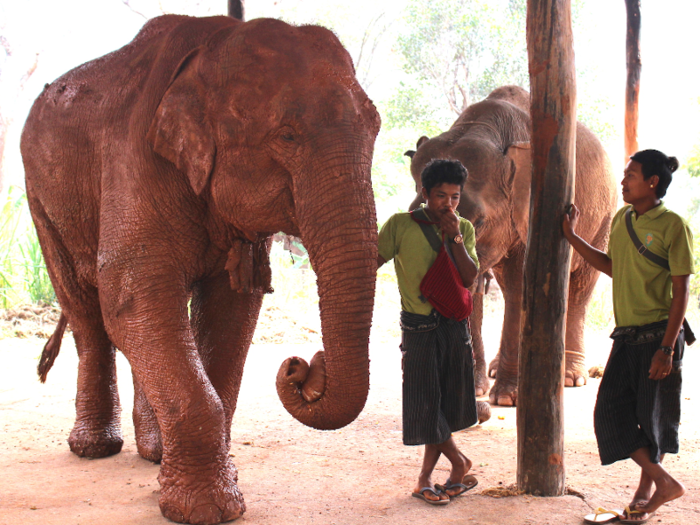
Until I visited the camp recently, I'd never seen an elephant outside cages at the zoo. The staff told me to put on a sun hat and assigned me a guide.
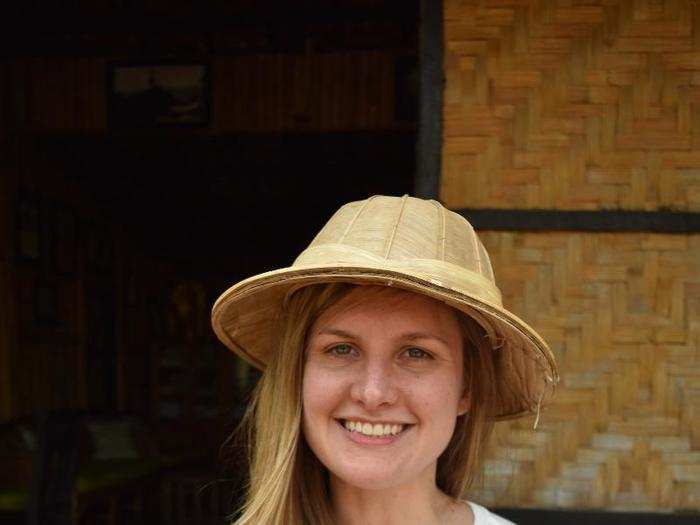
The elephants who live at Green Valley each have their own dedicated handler, called a "mahout."
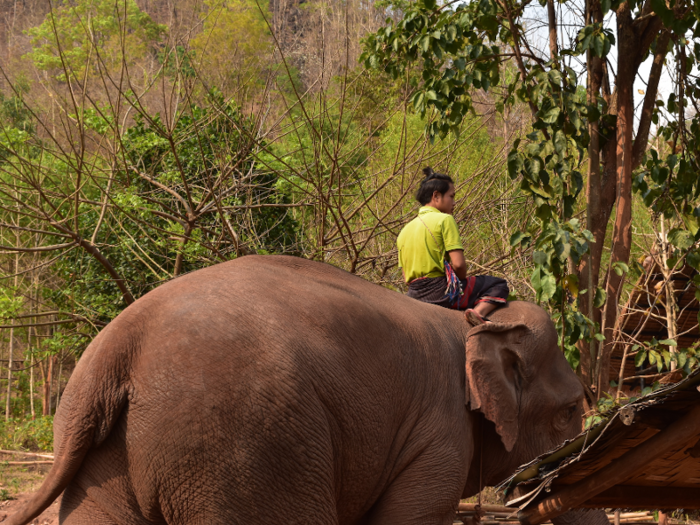
Many mahouts are from the Kayin tribe, an ethnic group of roughly 2 to 5 million people who traditionally hail from the southeast corner of Myanmar.
The relationship between a mahout and his or her elephant is like a marriage, camp workers told me. Mahouts know the personality quirks of their elephants, as well as their medical issues.
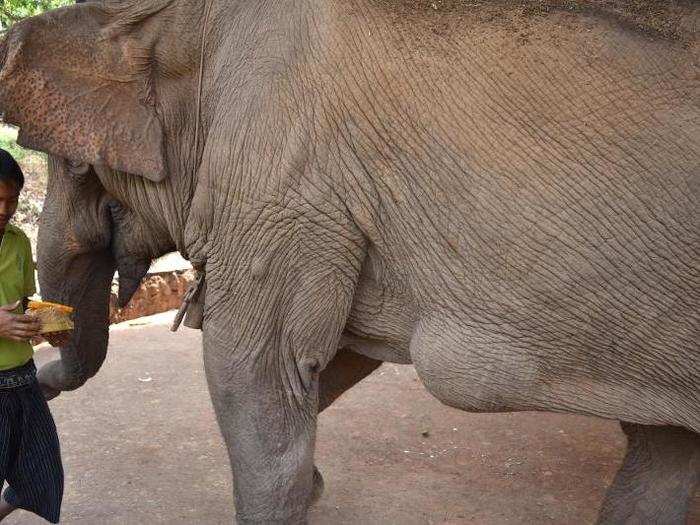
Mahouts have a dangerous and physically demanding job caring for these wild creatures. Mahout deaths are not uncommon in Myanmar and Thailand.
Mahouts feed, clean, and bathe the elephants, and also help younger elephants like this male learn to follow commands.
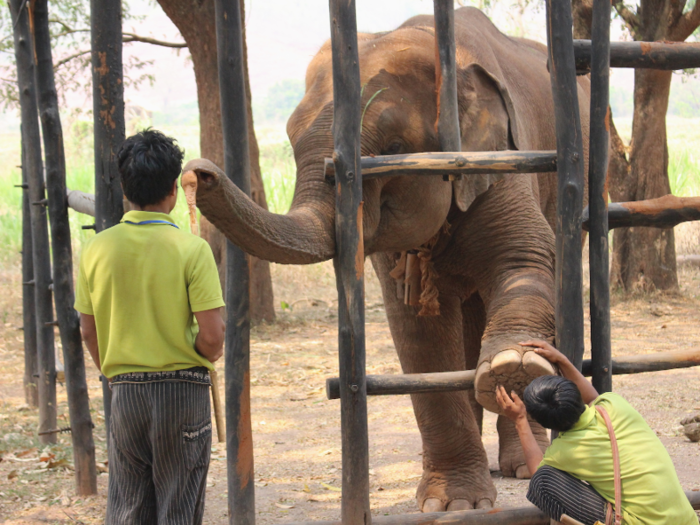
The mahouts warned me not to approach the elephants from behind: The animals have giant blind spots, though they can see 123 degrees on either side of their head.
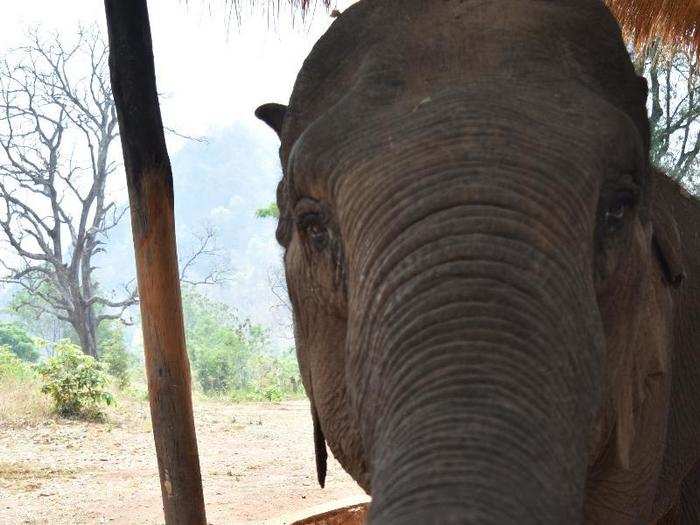
Elephants make up for their bad eyesight with highly developed senses of smell and touch. Their trunks have more olfactory receptor genes than any other animal — which gives them more than double the scent-detection ability of a bloodhound. Elephants can sniff out bombs, and their trunks are amazing earthquake detectors, too.
Ten mahouts and their families live on site with the elephants at Green Valley.
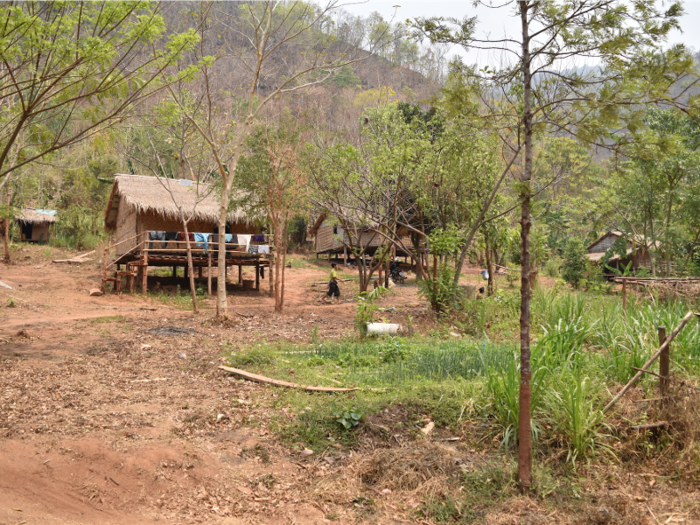
Every elephant needs about 10-20 acres of space to roam, the staff told me. But mostly, they spend their time eating. Elephants reserve 13 to 16 hours of their day for chow time — about 70-80% of their waking hours.
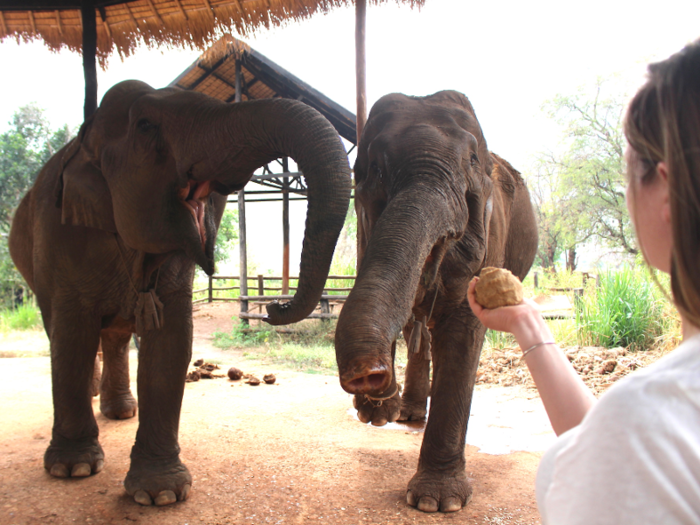
I was amazed at how well elephants can sniff out food. No sooner was chow in my hands, than the creatures were angling with their neighbors for first dibs.
The day I visited, the menu involved a three-part elephant sandwich. The "spread" inside was wheat bran.
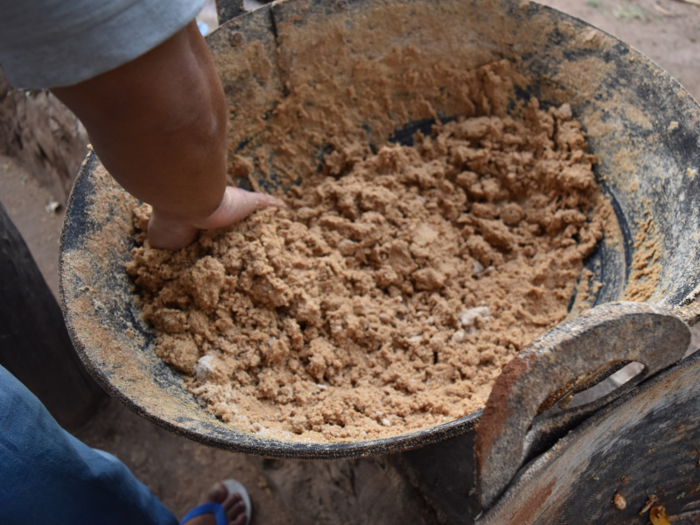
The bran was placed atop these cut banana stems.
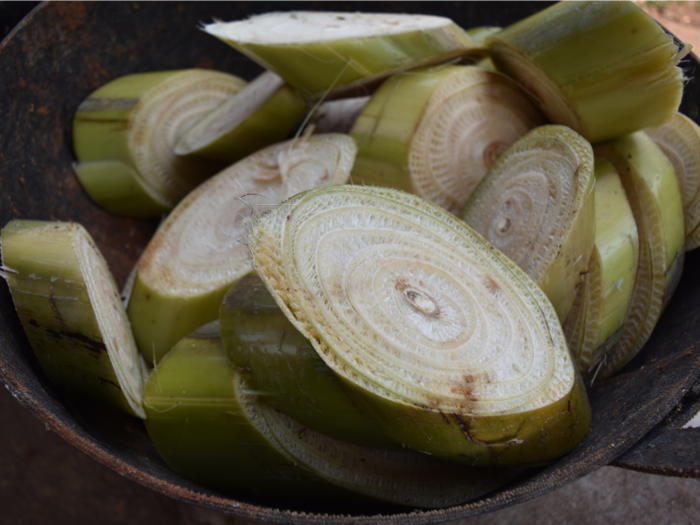
Then it was all finished off with pumpkin slices.
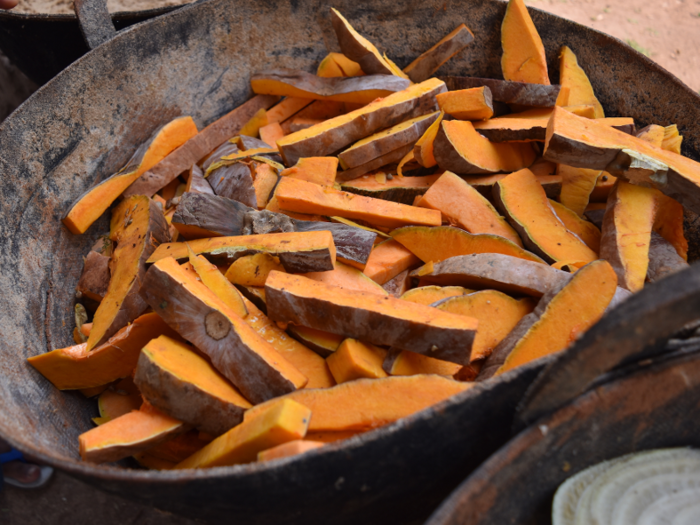
The elephants have to eat a lot of these sandwiches to fill up. The animals consume roughly 6-12% of their own body weight every day. They also drink 30-50 gallons of water.
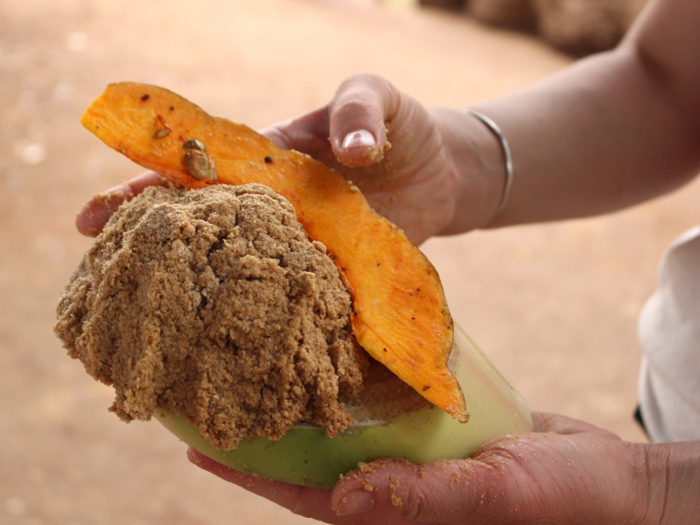
The elephants still wind up hungry, even after eating these sandwiches. Their mouths are huge, and I found feeding them directly somewhat intimidating, even though their tongues are warm and soft to the touch. Sometimes I just put food in their trunk and let them feed themselves.
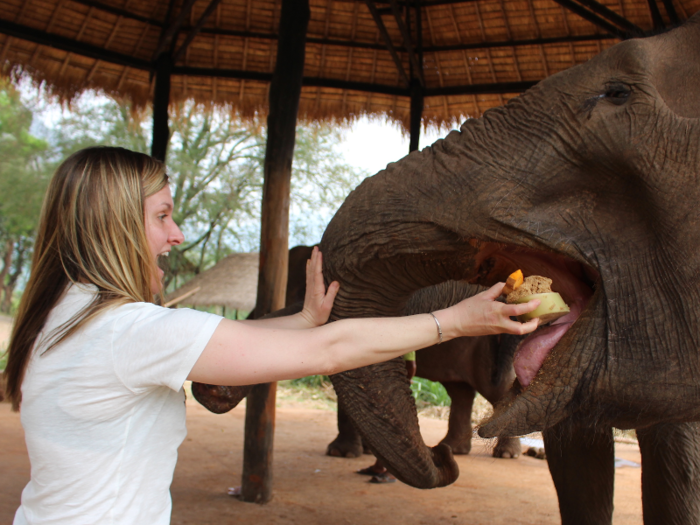
In the afternoon, the elephants are led out to graze in local fields outside of the camp, which can be a nuisance for the farmers if the animals step foot outside their designated areas.
There are no fences or holding pens at Green Valley, but if elephants from the camp raid local banana plantations, the camp pays farmers for the damages.
Overall, living in the camp gives elephants a more stable food source than they would otherwise find, and it also protects them from poaching. Elephant skins are increasingly being used in medicine and jewelry sold on the black market in China.
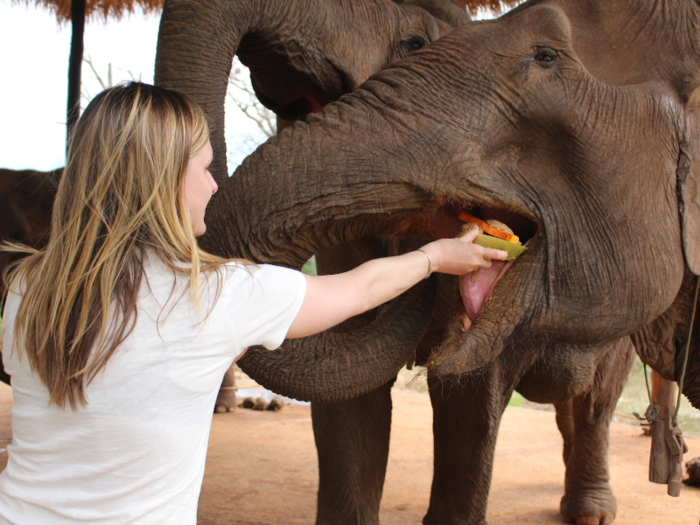
Source: PLOS One
Elephants at Green Valley also get daily supplements of multivitamins, minerals, and probiotics. Ba Kyaw Than, who worked as a veterinarian for government logging elephants from 1964 to 2000, works at the nursing home now and gives the elephants a checkup every four months.
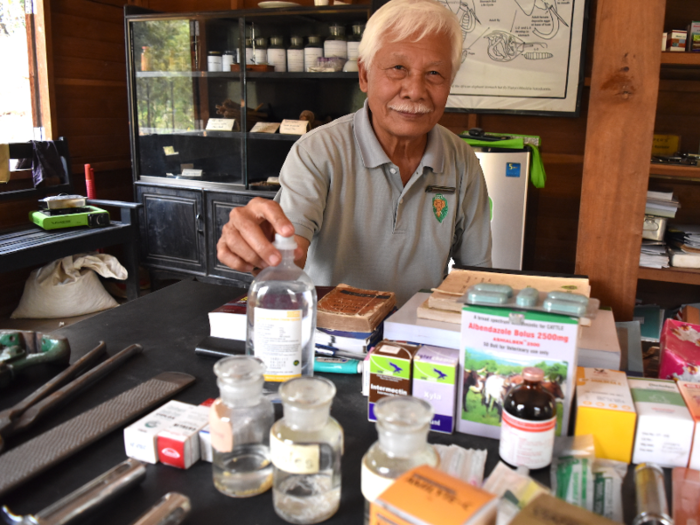
The check-ups involve routine blood and stool samples and checks for parasites. Than also feeds the animals de-worming pills as needed. Those medicines are made for cows, so he just ups the dose to be elephant-sized.
The elephants also get a toenail trim every four months. (Elephant nails grow about half a centimeter per month.) The tools for that procedure are appropriately jumbo-sized.
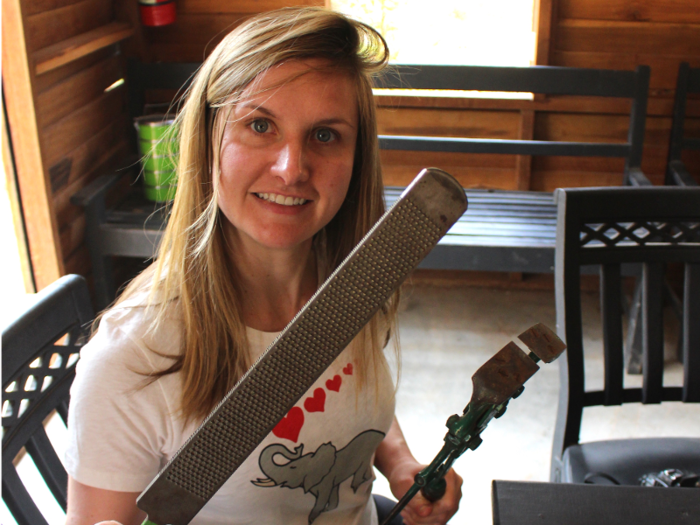
Elephant toes are especially important because the animals don't sweat like people do: Their only sweat glands are around their toenails.
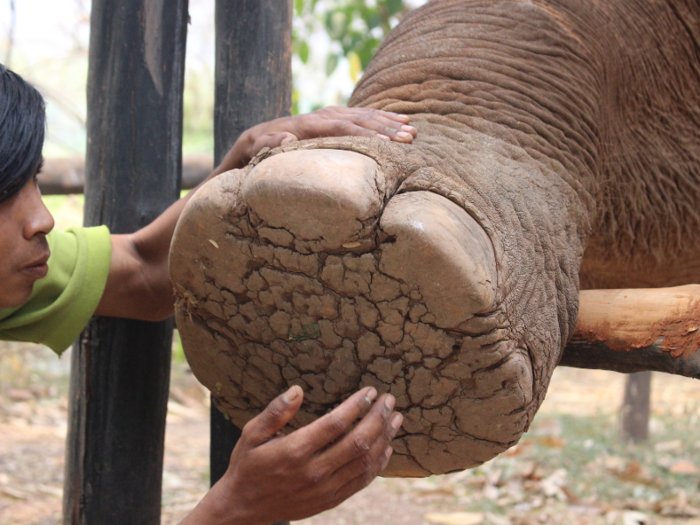
In the 100-degree Fahrenheit heat of Myanmar, elephants also rely on their floppy ears to cool themselves down.

Around lunchtime, when the sun was blazing, we took a 40-year-old elephant named Htun Ma Ma for a bath in the river to help her cool off further.
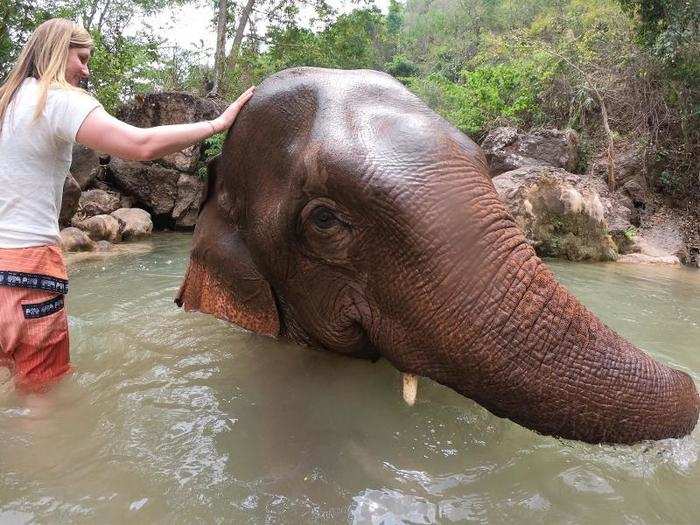
These baths, plus ample shade at the camp, ensure the elephants (and their handlers) don't overheat.
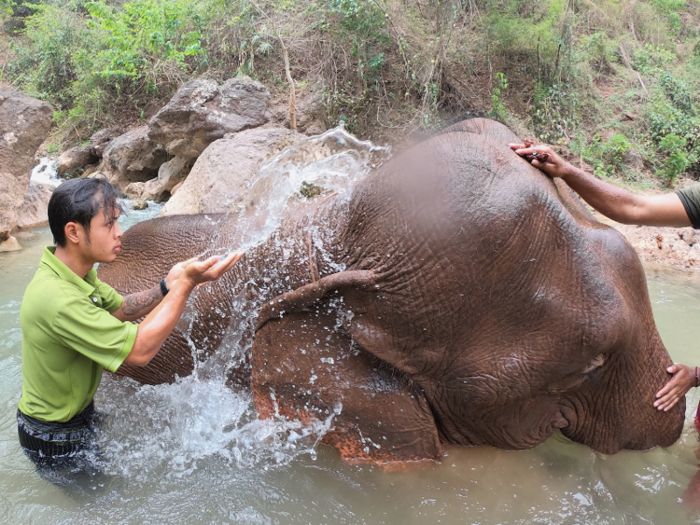
After their bath, the elephants rolled around in mud to coat their skin, which also helps keep them cool.

We were told to stay back in case they got excited during this playtime and charged.
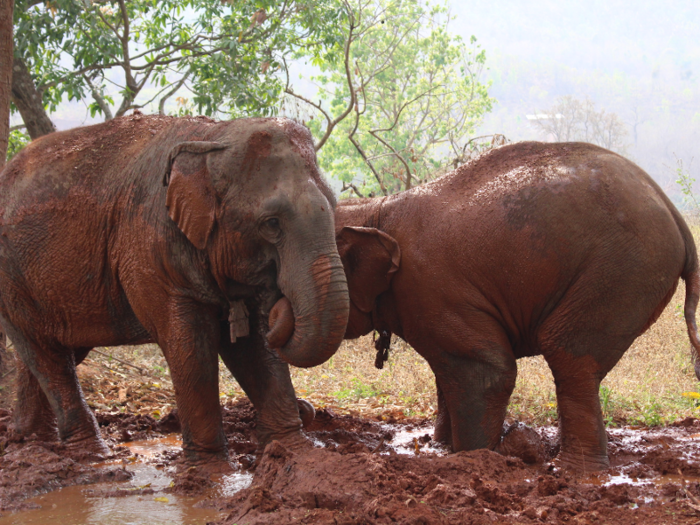
The trainers reminded me that even though we'd spent hours close to the animals, they are still wild creatures that behave in unpredictable ways.
Though all the elephants at the camp are retired, they still create one product: a paper made from their fiber-rich poop.
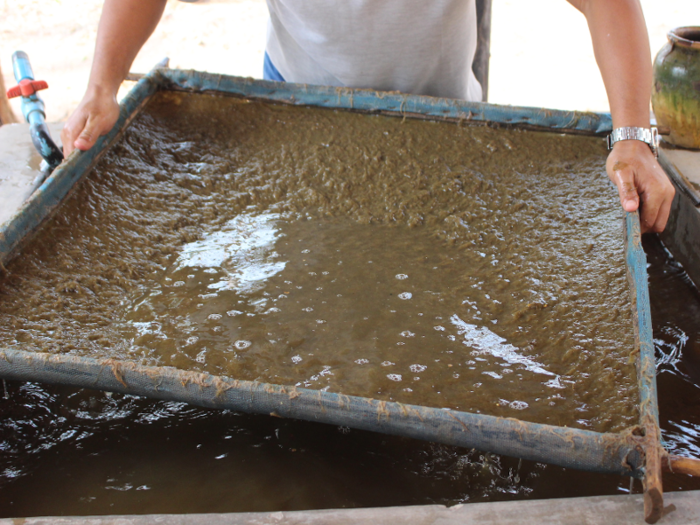
The fiber in one day's worth of poop from one elephant can make up to 125 sheets of dung paper. The resulting product is clean, and it smells fine.
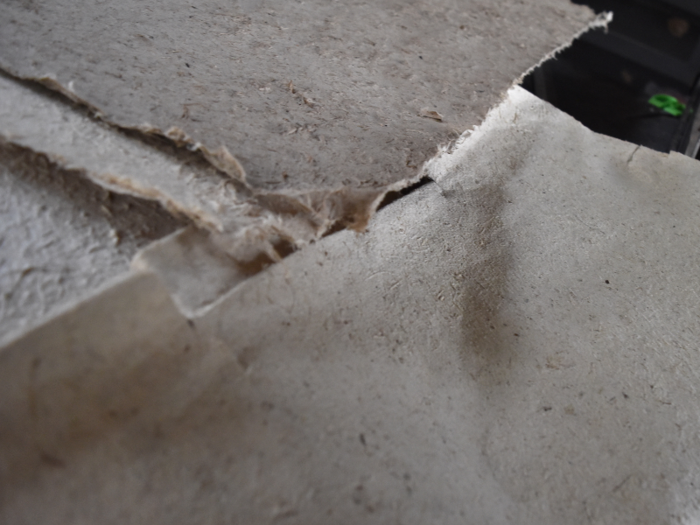
Source: BBC
Workers at the camp also teach local school kids about reforestation and get them to plant trees. The new teak trees they've planted are still pretty skinny at this point.
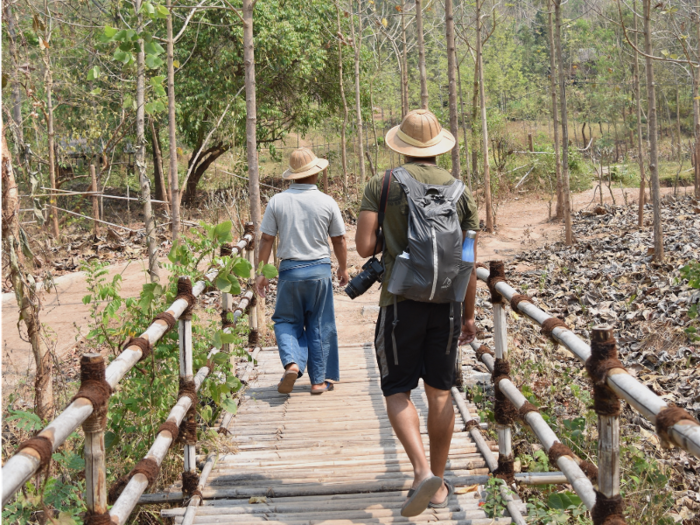
These 5-year-old trees will need another 20 years or so to mature fully.
After a long day of bathing and eating at camp, it was time for the elephants to retire to the forest for the night. That's where they sleep and roam around wild on their own.
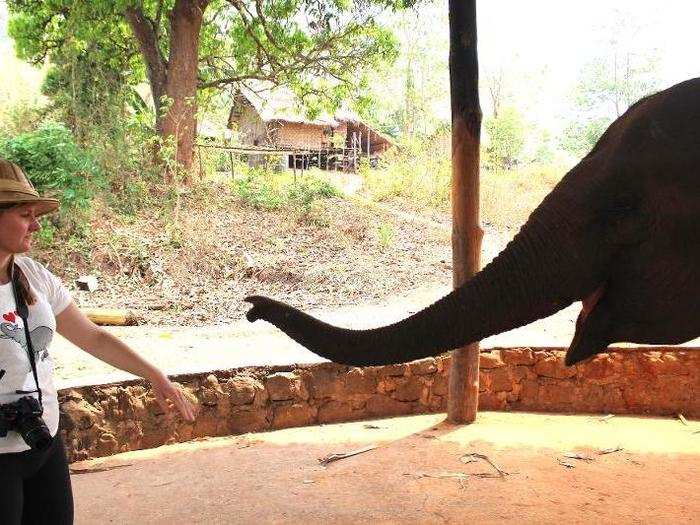
Most of the elephants' nighttime hours are devoted to their most vital chore: more eating. Around 3 p.m., their mahouts led them out to graze in the forest area around camp.
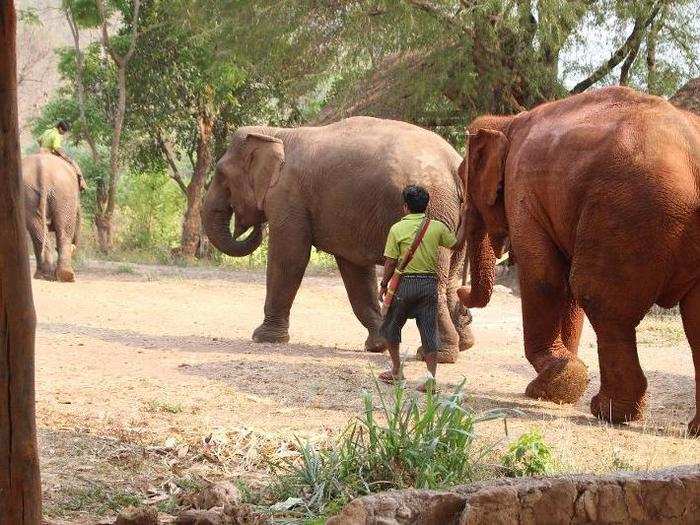
The elephants sometimes don't find much to eat outside the camp; when that happens, they show up eagerly the next morning, awaiting breakfast.
Adult elephants only need about two or three hours of sleep every night. Sometimes they get it all in one big nap, or they might have two shorter snooze sessions, punctuated by more munching.
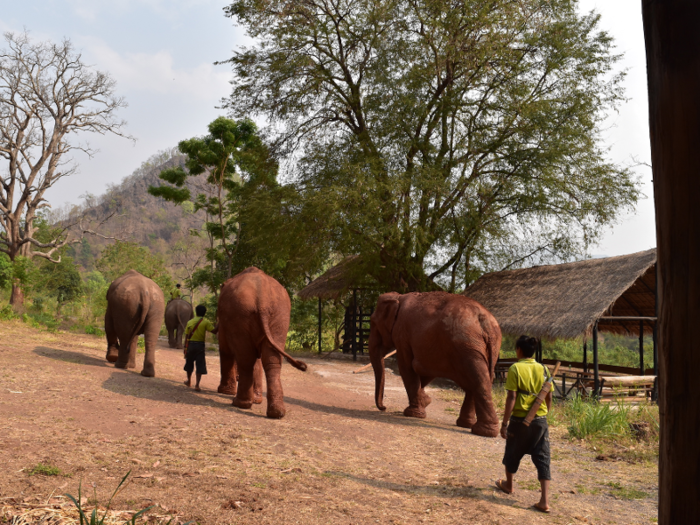
After the elephants went out to the forest, I also left the camp, still in awe of their trunks — the boneless appendages that help elephants sniff out food and approach new people like me.
I took a few pieces of elephant poop-fiber paper as a souvenir.
Popular Right Now
Popular Keywords
Advertisement